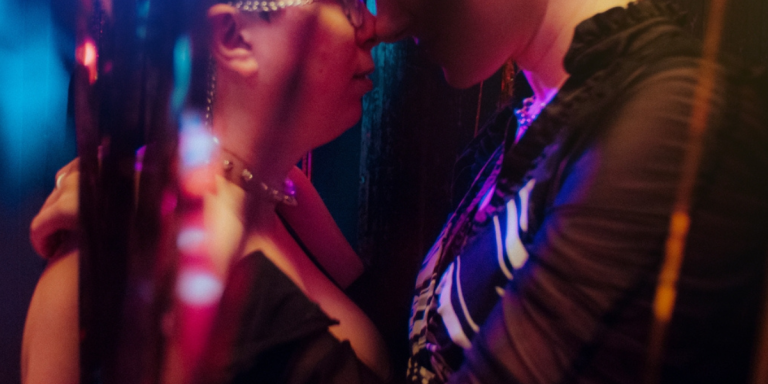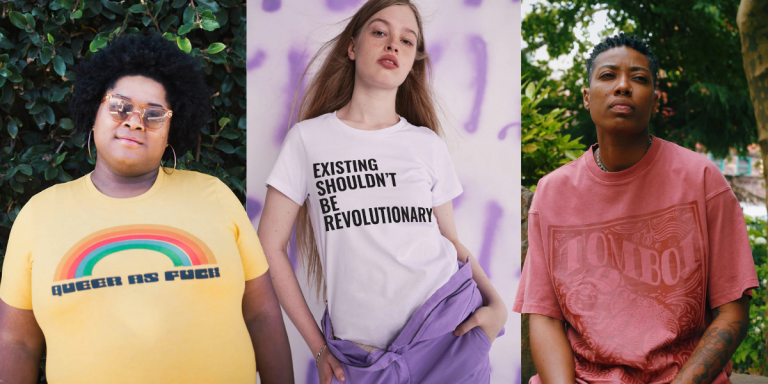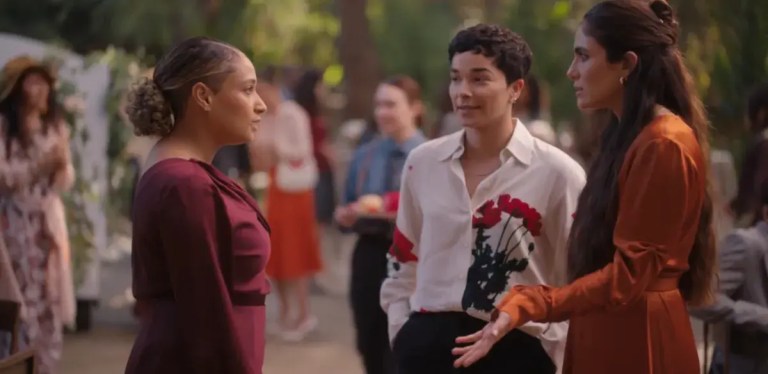comedy
My Platform if I Were Mayor of Pride Month
Malavika Kannan
Jun 16, 2025










